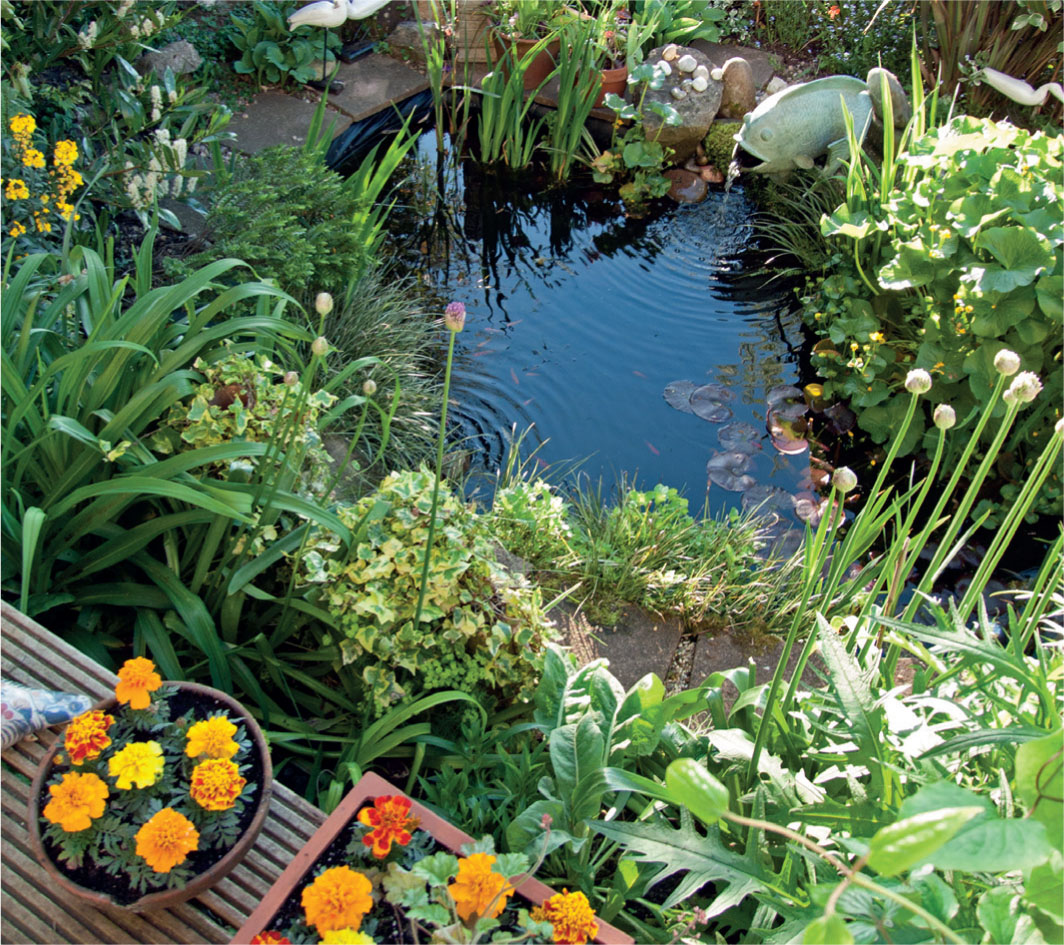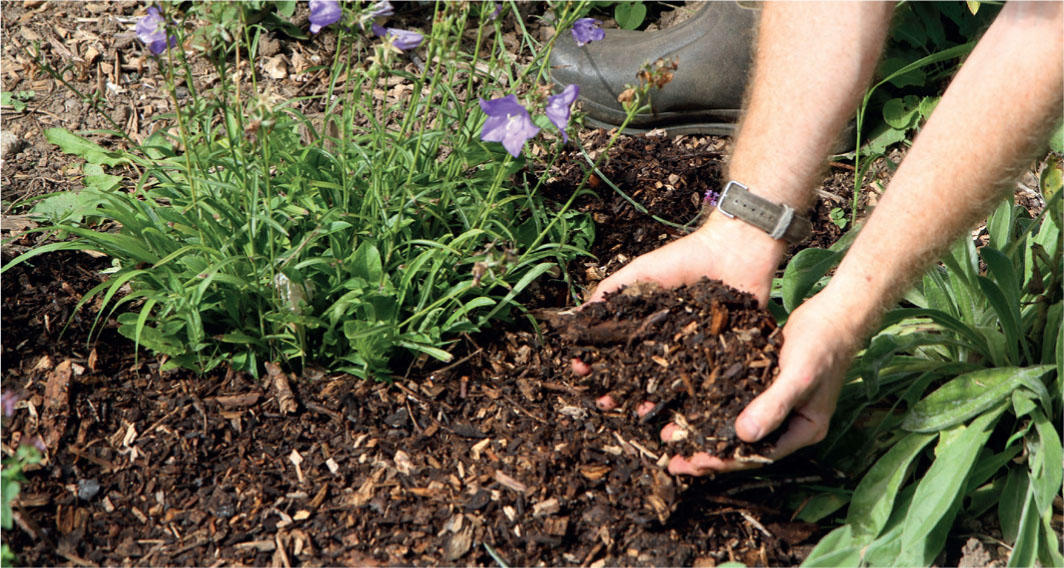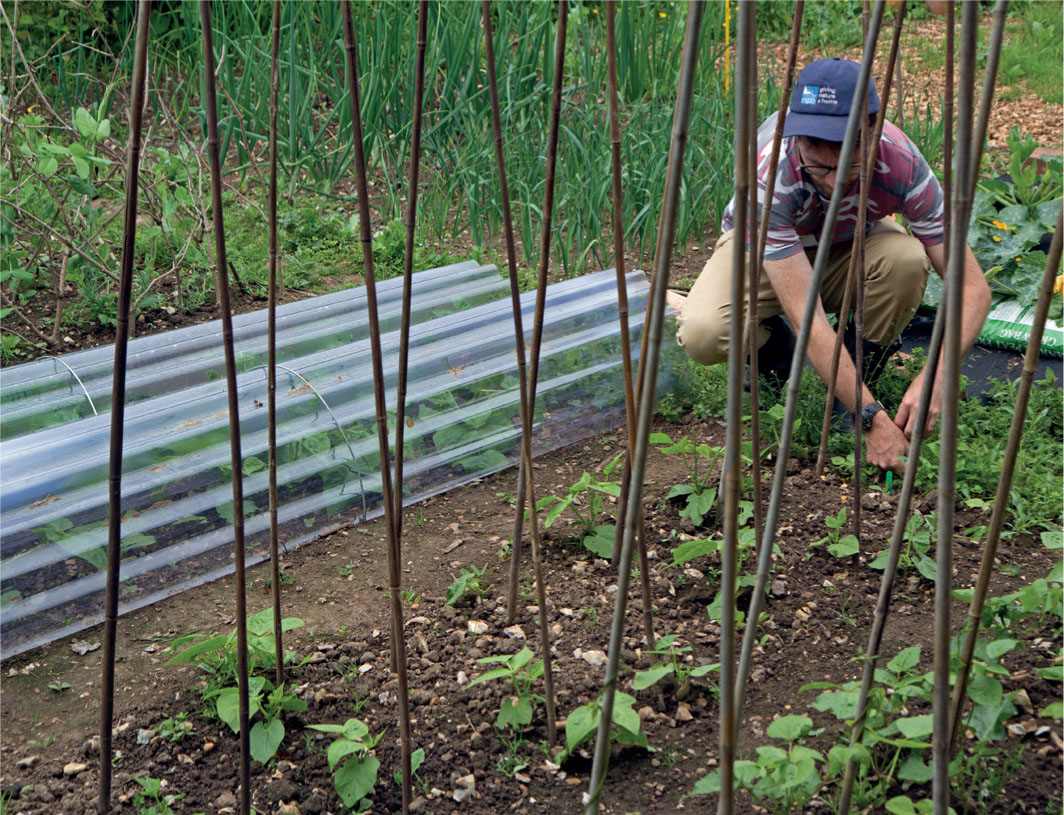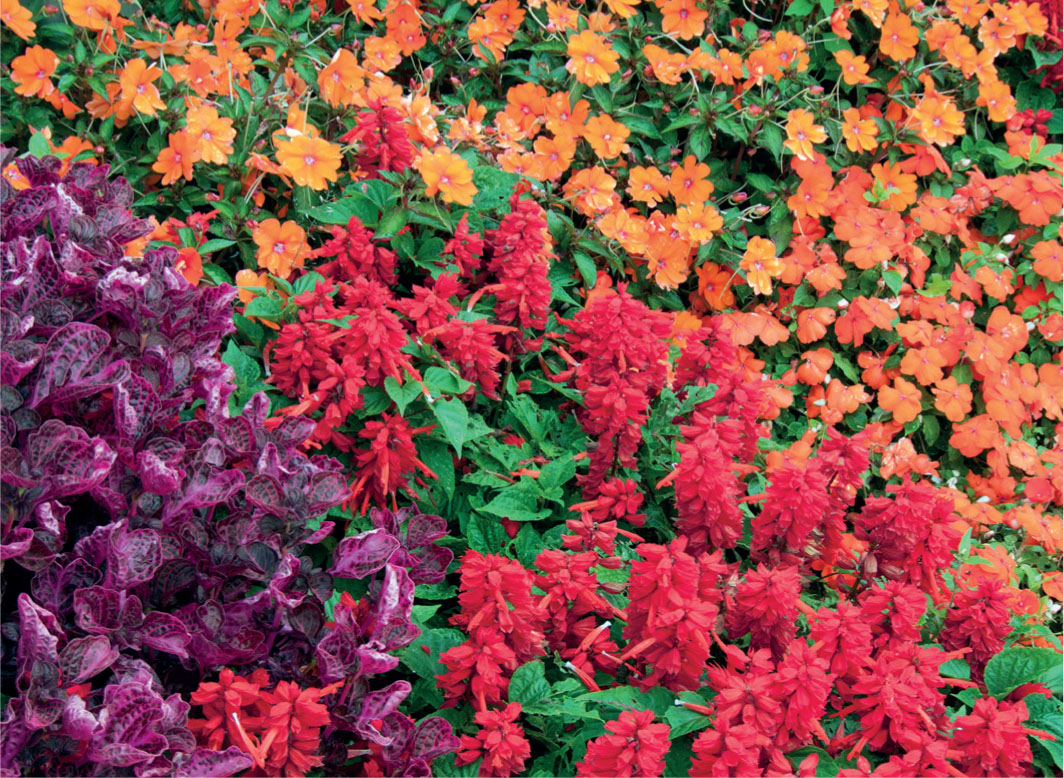
Low-maintenance Gardening for Wildlife
If you lead a busy life that doesn’t leave much spare time or you have mobility or health problems, don’t worry, gardening for wildlife is very much still for you. Just adhere to the Dos and Don’ts and your reward should be a good-looking garden full of wild creatures.
Do…
Plant a wildlife shrubbery. Unlike trees, they tend to have big billowy skirts that keep any weeds underneath firmly under control. You’ll ideally want ones that don’t need much in the way of pruning, but don’t just settle for evergreen conifers – go for bushes that will flower and give you berries. Check out the Shrubs section for a range of excellent options.
Use wildlife-friendly ground-cover plants. These trail out across the ground, forming a mat of vegetation that suppresses weeds. Geraniums, Bugle, heathers, Ivy and dead-nettles are all great for this.
Plant a herbaceous border. Choose clump-forming perennials that come up year after year and all you’ll need to do is mulch the bed well in early winter, cut back the dead stems and spent seedheads in late winter, and do the odd spot of weeding in spring and summer. The end result? Joyous flowers alive with bees and butterflies all summer.

Underlay bark or gravel paths with a fabric membrane to suppress weeds. Buy it from garden centres, or Google ‘geotextile landscape fabric’ or ‘weed control fabric’.
Plant an informal hedge. It offers so much more for wildlife than a fence, will last for 50 years and won’t need repainting. With its rambling natural look, you won’t have to be out with the shears every weekend trimming it to spirit-level perfection. Instead an annual trim – one side one year, the other the next – is all it will need.

Mulch, mulch, mulch (above). Just a couple of days spent spreading a thick layer (10cm) of compost or bark will then suppress most of the weeds and feed the soil, and the worm community will dig it in for free.
Create a pond (left). It is not only one of the best wildlife features in the garden, but once made it will pretty much look after itself. The only maintenance is to pull out excess weed occasionally and to stop autumn leaves falling in it.
Turn your lawns into meadows. Two cuts a year with a mower, it’s a dream!
Grow plants that can look after themselves without you having to mollycoddle them.
Put up nest boxes. Remember you will only help a few species this way, but for a quick visit to an RSPB shop or a few minutes online, and then ten minutes up a ladder, it has got to be worth it!
Provide plenty of dead wood. Dump your woody cuttings discreetly in shrubberies and flowerbeds.

Don’t…
Take the easy route out and cover your garden with decking, concrete or gravel. It’s not necessary, you’ll end up having to paint it or weed it anyway, and from the point of view of most wildlife it’s like wiping part of their world off the map.
Start a vegetable patch (below). It’s a year-round task requiring a day a week, and at times in spring and summer it will need daily attention, especially for weeding and watering.

Grow too many plants in pots and containers. You’ll be a slave to their demands to be watered, fed, top-dressed and repotted. Hanging baskets are the worst. Aim for all your plants to have their feet firmly in the soil where they can just get on with things.
Grow too many plants from seed. It is cheap and very rewarding, but it can be time-consuming, is prone to disasters and is mighty fiddly!

Try to maintain a formal lawn. You’ll be out there with the mower each week, and then have to top-dress it, rake it and trim the edges.
Grow annual flowers in seasonal bedding schemes. Leave that to the gardeners in the local park who have five days a week to do it, and they get paid for the palaver!
Plant overexuberant plants. Some such as the mints can run riot, leaving you with a constant job of penning them in or pegging them back.
Try to grow demanding or difficult plants. Roses, for example, need careful pruning, a surveillance operation to check for pests and regular feeding, while tender plants have to be swaddled in sheaths of bubble-wrap at the first sign of frost and floppy tall perennials require supporting. It all takes time, which you don’t have.
